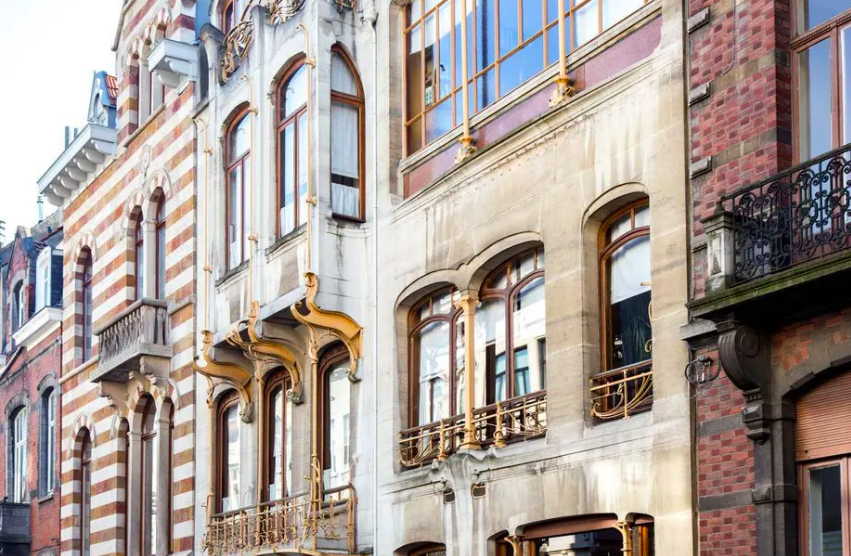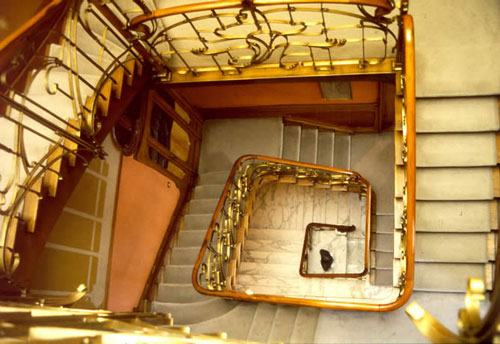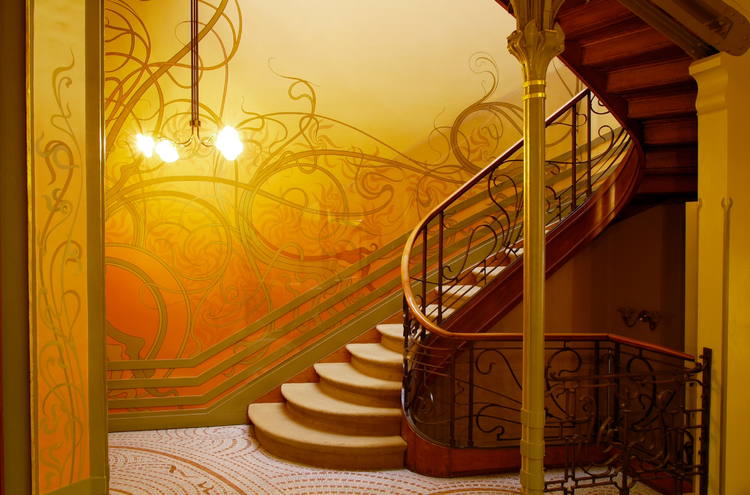Horta Museum: In the home of the Belgian who revolutionised 19th century architecture

You’ve probably heard of him so many times. Victor Horta, the Belgian architect widely hailed as the father of Art Nouveau architecture in Europe.
But what exactly made Horta a legendary architect? And how did his ideas and creations impact the development of European architecture?

The Horta Museum on Rue Américaine in Saint-Gilles provides a peek into the man’s creative genius. Horta designed the building in 1898 as his home and studio.
From the facade to the interior, every part of the museum bears exceptional witness to the revolutionary ideas of Horta.
The graceful ironwork, the asymmetrical yet harmonious lines, the light-infused halls, the spacious living areas, and the elegant union of ornament and function all demonstrate how Horta applied the innovative spirit of Art Nouveau to building design.
“Horta was the first to use floral motifs in architecture using new materials like iron and steel. From Belgium, the trend spread to France and other parts of Europe,” says Paul Soyeur, president of Les Amis du Musée Horta (Friends of the Horta Museum), an association dedicated to the preservation and enhancement of the museum.

In the late 19th century, the Art Nouveau movement emerged as a resistance to the prevailing standards of art and design heavily dictated by classical traditions. Architecture merely mimicked earlier Greek and Roman models, which adhered to the rules of precise geometry and perfect symmetry.
Horta and the pioneers of Art Nouveau architecture developed a new aesthetic that could flow and breathe freely, simulating the delicate and sinuous movements of nature. This came to be the signature style of Art Nouveau.

But more than just an aesthetic approach, Art Nouveau was also an advocacy to incorporate art and design into everyday life in order to make beautiful things accessible and available to all. For the proponents of the movement, any object, even the most ordinary and utilitarian, can be turned into a work of art.
Up until then, art was a luxury that belonged to the society’s elite. Architectural design was customized only for royal or upper class residences or for institutional structures like churches and government buildings. For everyone and everything else, there were only generic or replicated designs.
“Horta was the first architect of his time to make tailor-made homes for the bourgeois,” says Paul Soyeur. The Art Nouveau master designed a town house for Belgian professor Emile Tassel in 1893, for industrialist Armand Solvay in 1894, and for politician Edmond van Eetvelde in 1895.

The three buildings and the Horta Museum, otherwise known as the Major Town Houses of Victor Horta, were proclaimed a UNESCO World Heritage Site in 2000.
To this day, the Horta Museum remains one of the most accessible masterpieces of the Art Nouveau period. True to the intentions of its creator, who sought to bring architecture much closer to the people, the former house and studio of Horta is open to the public every day except on Mondays.



